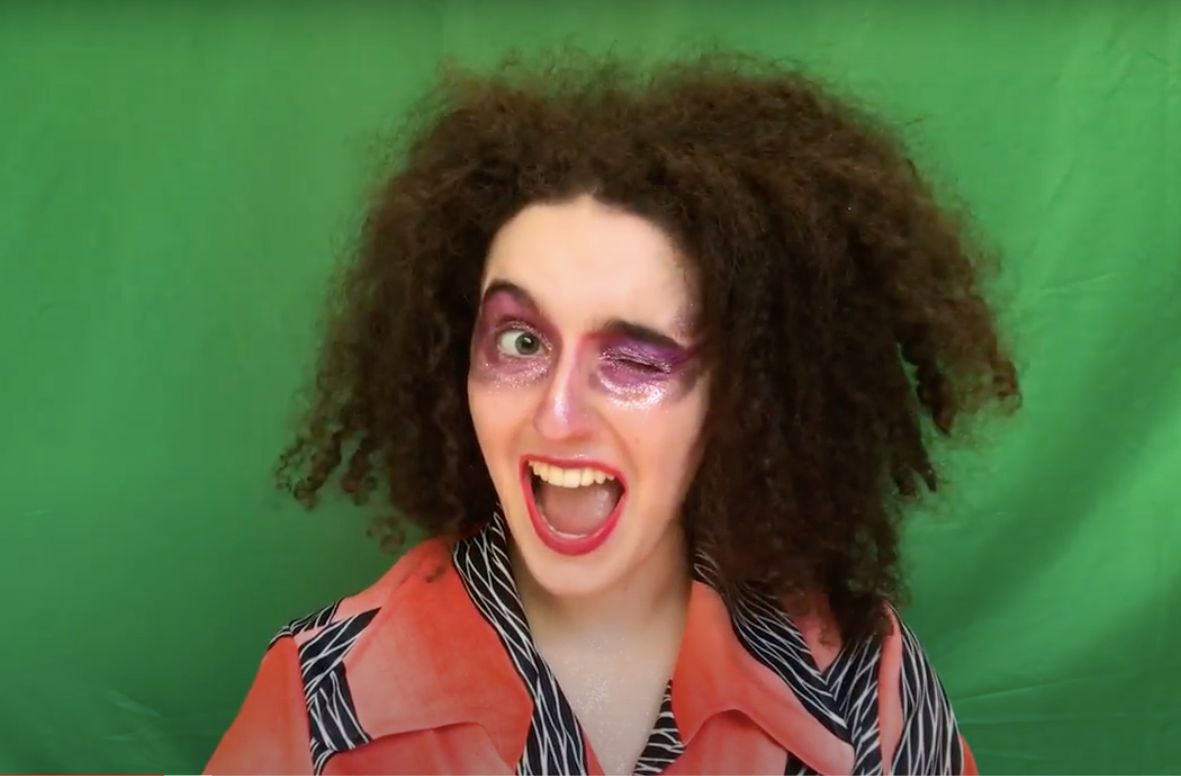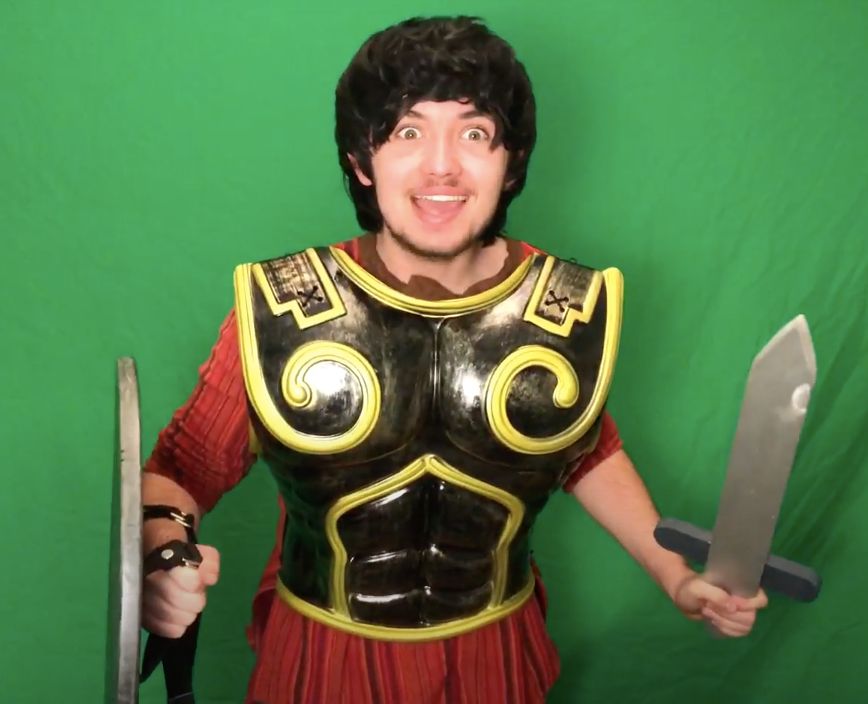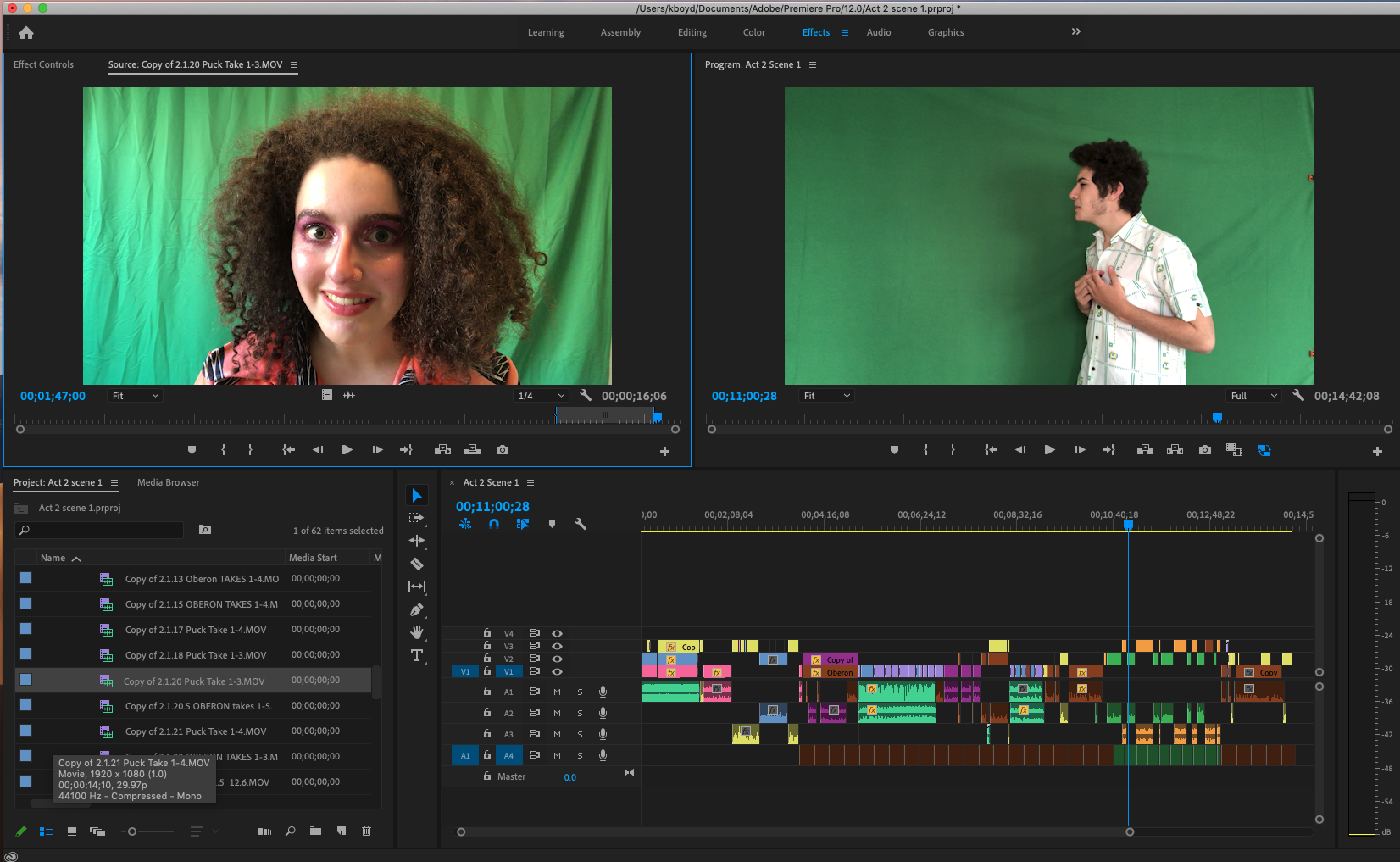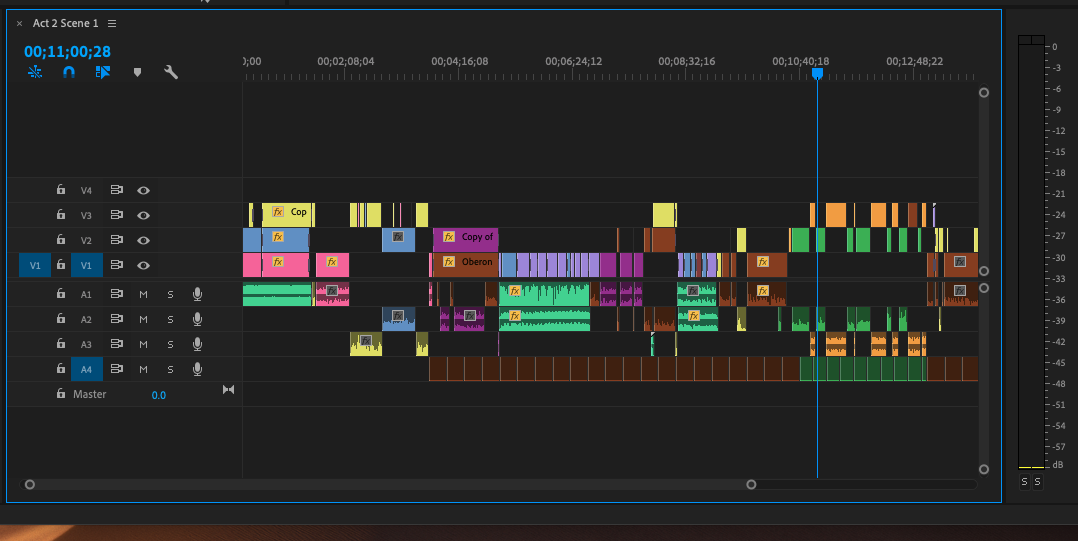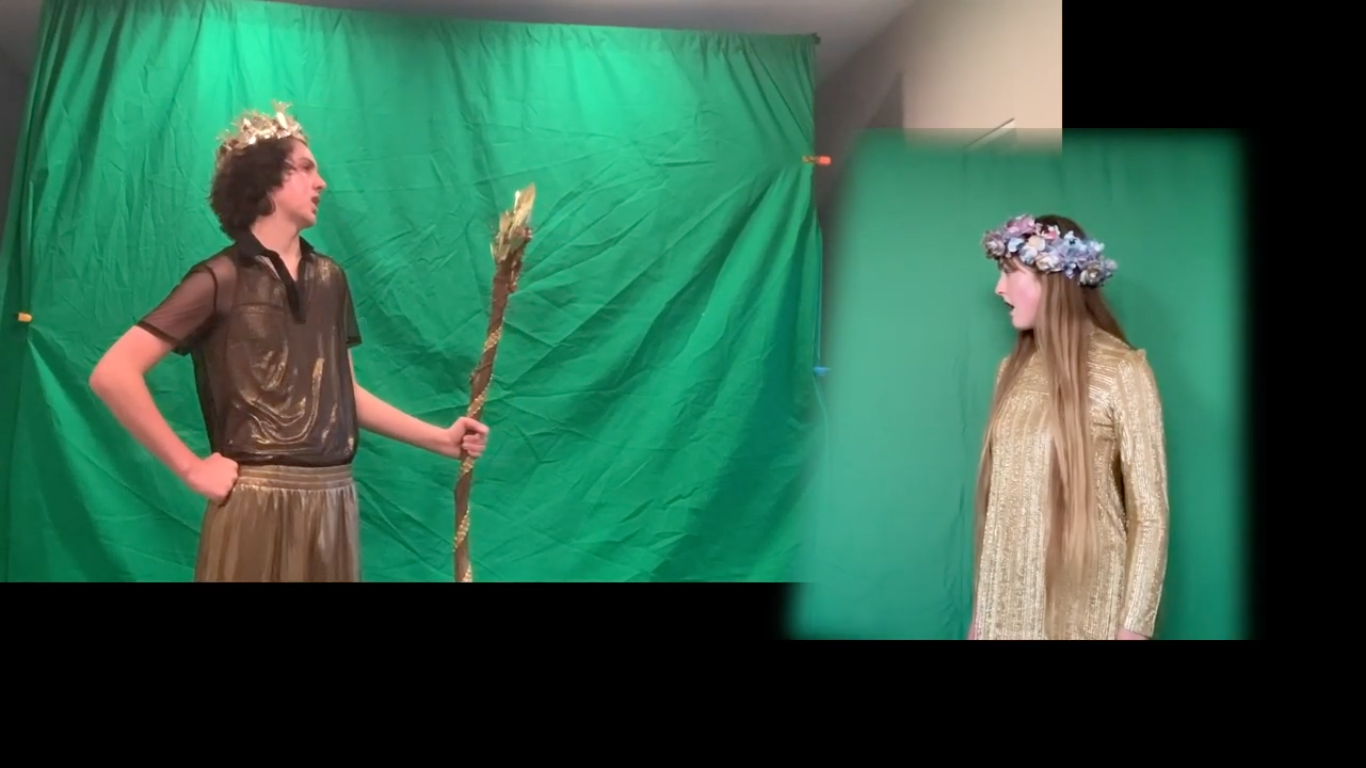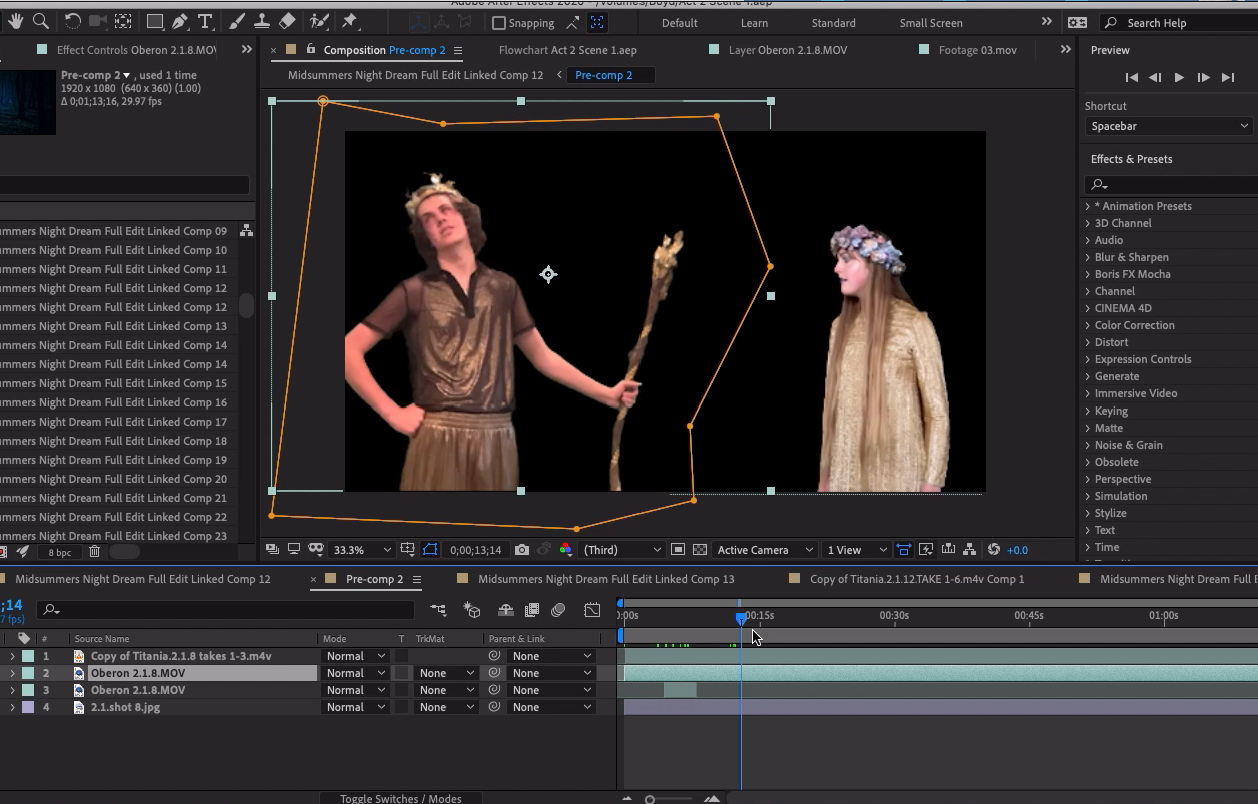Photo courtesy of LWHS Theater Department
Photo courtesy of LWHS Theater Department
Photo courtesy of LWHS Theater Department
Photo courtesy of LWHS Theater Department
Photo courtesy of LWHS Theater Department
Photo courtesy of LWHS Theater Department
Photo courtesy of LWHS Theater Department
Photo courtesy of LWHS Theater Department
Photo courtesy of LWHS Theater Department
Photo courtesy of LWHS Theater Department
Watch Part One here, Part Two here, and behind-the-scenes footage here.
The entirety of the LWHS Theatre Department, led by theater teacher and director Miguel Zavala, came together over several months this school year to create a dazzling virtual rendition of William Shakespeare’s A Midsummer Night’s Dream. The entire process took six months of planning, auditioning, organizing, practicing, shooting and countless hours of editing to create the final hour-and-fifteen-minute-long production. At long last, LWHS’ completed production premiered on Youtube on February 19.
And so creating Lick-Wilmerding’s A Midsummer Night’s Dream began.
A typical runtime of A Midsummer Night’s Dream is three and a half hours, so Zavala knew it would be essential to abridge the play. “I really wanted to focus on the lovers. Those characters, their story, really was the crux.” Zavala began work with a dramaturg — someone who studies dramatic composition — to cut the play to under two hours.
Once the play was cut down, the entire team needed an organized plan in order to prepare for the 90 minutes of footage and editing they were about to undertake. Ronan Furuta ’22, who has previously been involved with theater tech and stage managing and also makes short films, brought his past knowledge and skills to filming the production. He recommended — once the script had been edited to serve Lick’s production — the creation of an extensive shot list. Furuta said, “Mr. Z had watched productions of the play over and over and then read through the edited script over and over. We listed each of the different shots. He wanted the shots to vary, because if the whole show, frame by frame, looked exactly the same, just a talking head, it gets pretty boring. We wanted to make the production as dynamic as possible.” There are 396 shots in the entire production, some with as many as seven actors involved.
Kate Boyd, LWHS’ stagecraft teacher, and her class took the lead and researched costumes, created backgrounds and helped to come up with the idea to place it in the 70s.
Boyd said, “If you just embrace the challenges, it will come, the ideas will emerge. And so, having embraced the challenges of social distancing, I think we came up with a lot of innovative ideas. It’s been really rewarding.” Boyd put hours of hard work and dedication into A Midsummer Night’s Dream. She focused on work with learning to edit an entirely new software, organization skills of a true mastermind and the play wouldn’t be anything without her essential presence.
With the script prepared not only for the text but for filming and stagecraft working on visual concepts, rehearsals began. Much like in a typical production, students rehearsed every day after school for two and a half hours until mid-October, except of course they were meeting not in the theater, but Zooming in from their bedrooms.
To prepare for filming, the theater department needed to deliver each actor a green screen, lighting, music stand, props and costumes. Boyd described these logistics as easy to get complicated. “I have to say, it seems silly, but it was hard for me to figure out how to get costumes and the stuff to the right people at the right time,” she said. It was especially difficult when people were not near the Bay Area during shooting.
In October, the cast transitioned to two months of filming. Gabrielle Milman ’21, who starred as Puck, described the process, “We filmed almost every weekend or during the week, and sometimes shoots would take five hours, it was pretty insane.”
A big difference for the actors, of course, was acting while alone in their bedrooms. Milman said, “It was probably the loneliest acting experience I’ve ever had. Especially as I was playing Puck, who normally feeds off of the energy of the audience so much. Without that, it was just really awkward. I felt I didn’t know what I was doing most of the time, especially during rehearsal. I’d always be aware that I was just in my room, looking at a computer, jumping around and doing weird things. How was I supposed to do this and create a character, by myself in a room on a computer? It kept hitting me that I was alone crouching down over a light and a camera with a fake flower. It was definitely lonely.”
For Milman, a filmmaker herself, a favorite part was the movie and green screen aspect, “the whole idea of having to imagine my entire world around me and just play with it. I shot my role in a really small room, I didn’t have that much space or anywhere to go. I got to create my own parameters of this world and completely immerse myself in my imagination and the voices of my scene partners.”
As the shooting continued, Eliana Goldfarb ’22, an editor, spent countless hours on the long and tedious task of completing the majority of green screening. Furuta explained green screening as “the process of using a computer to remove a specific color, usually green or blue — in this case, fluorescent green — from an image to isolate the subject of the shot.” After Goldfarb had completed the work, Furuta then cleaned up some of the final shots. “There were some people who had gray backgrounds instead of green backgrounds. Because most people’s skin tones have at least a little bit of gray in them, they disappear into it. So I had to work to manually cut them out frame by frame which is time-consuming,” Furuta said.
After the green screening was complete, the crew used backgrounds and sound effects to make it feel as if all the characters were in the same room together.
The result of everything? Well, you can see it for yourself. Lick-Wilmerding’s first-ever play/movie/green screen extravaganza is available for viewing.
Although many had told Zavala he should steer clear of fantasy because of how difficult it would be to achieve on Zoom, he chose to stick with it. “I thought it would be really entertaining because it’s surreal. It’s funny. It’s silly escapism, and I realized that’s where I wanted to take the production, like, with all the darkness and with all the chaos with all the stress and loneliness, that’s been going on with not being together.” They needed the lightness of the fairies and their king and queen and spells — of Puck, and of love-struck Bottom turned into an ass.




